Explanation of 3/8 time signature
In the article time signature, this is explained that:
- the top number indicates the number of time units in a measure (bar 
- the bottom number determines the unit of time.
We can visually translate 

That is to say that there are 3 eighth notes 

But, what is not indicated in the time signature is that 
- Simple meter (or simple time) is a meter where each beat in a measure can be subdivided by two.
- Compound meter (or compound time) is a meter where each beat in a measure can be subdivided by three.
A beat with 3/8 time signature can be divided by two or three, it depends on the context.
Here are the beats for a simple meter 
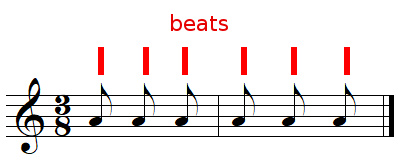
In that case (simple meter):
- 1 eighth note 

- 2 sixteenth 

- 1 dotted quarter note 

- and so on...
Here are the beats for a compound meter 
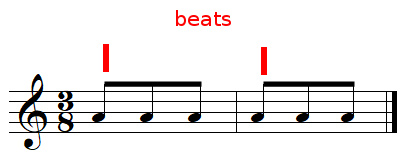
- 1 dotted quarter note 

- 3 eighth note 

- 6 sixteenth 

- and so on...
In the vast majority of cases, a 3/8 bar is a 1 beat compound measure, where each beat equals a dotted quarter note 


Examples found in famous works
J.S. BACH, Corrente from Partita n°6 BWV 830
The movement Corrente from Partita n°6 BWV 830 in E minor by J.S. BACH uses a 3/8 time signature. This musical sample was recorded in 1934 by pianist Walter Gieseking (source, Attribution-Noncommercial-Share Alike 3.0 license):
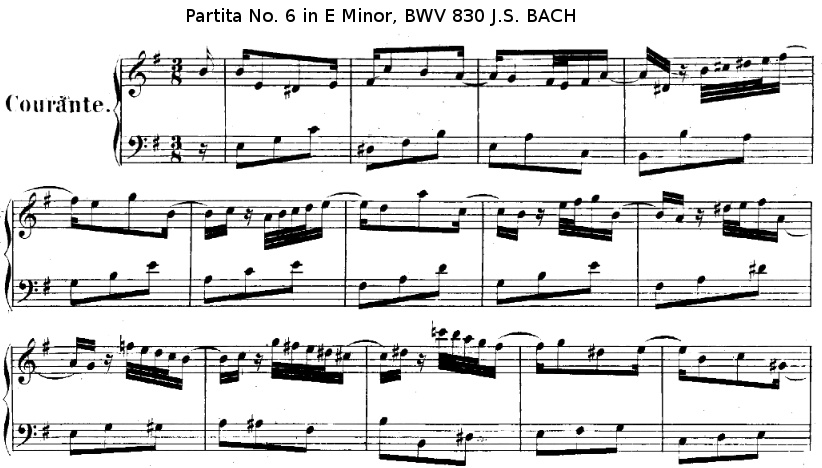
This musicial sample is written in E minor and you will notice the use of anacrusis and the use of sixteenth notes.
Verdi, La Donna è Mobile, Rigoletto
Verdi's aria (in B major) La donna e mobile, from the opera Rigoletto uses a 3/8 time signature. Here is a musical sample performed by the famous singer Enrico Caruso, recorded over a century ago, on February 1, 1904 (Source, Public Domain License).
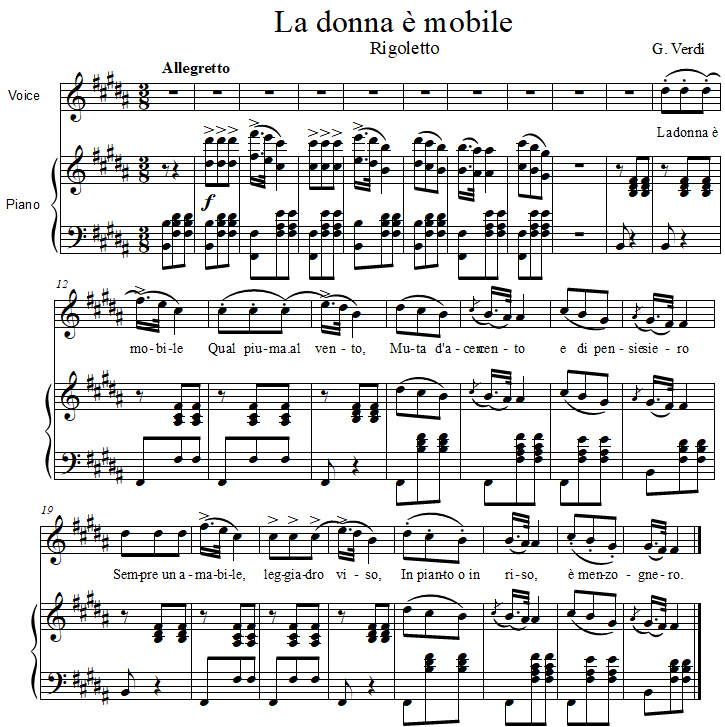
Mozart, Horn Concerto in E-flat major
The second movement (Andante) from Wolfgang Amadeus Mozart's Horn concerto K. 417 in E flat major uses a 3/8 time signature:

This musical sample was recorded in 2005 by horn player Abel Pereira conducted by Miguel Graça Moura with the Orquestra Metropolitana de Lisboa. (source, CC BY-SA 4.0 license)
Doesn't that magical sound make you want to play the horn?
Brahms, Symphony n°3 opus 90
The movement Poco allegretto from Brahms' Symphony N°3 Opus 90 uses the 3/8 time signature:
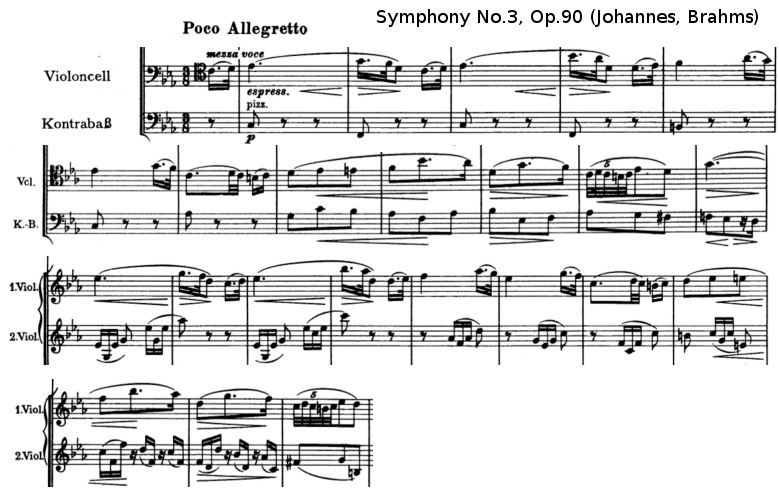
This royalty-free sound sample was recorded in 1936 by the Vienna Philharmonic Orchestra conducted by Bruno Walter (source, Attribution-Noncommercial-Share Alike 3.0)
You will notice the use of quintuplets.


